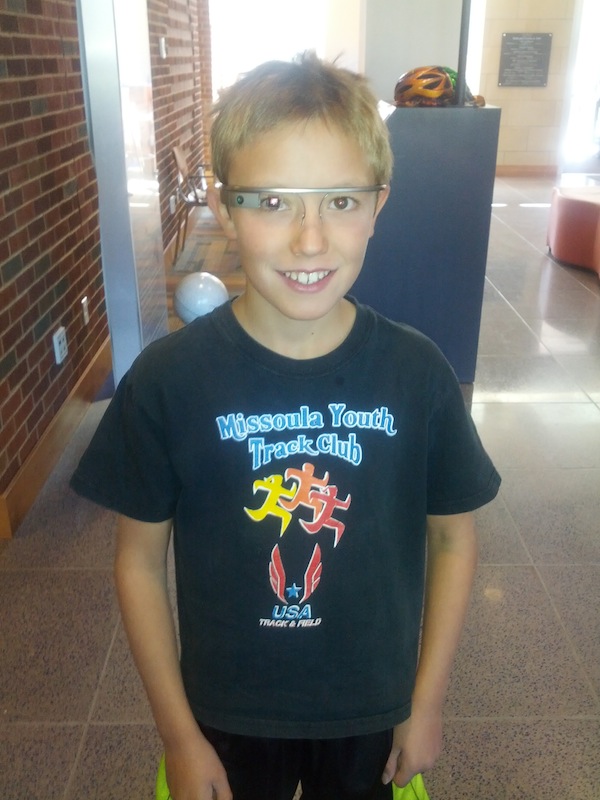Google Glass: A Lab on the End of your Nose
By Martin Horejsi
Posted on 2013-09-05
Over the summer I had the privilege of watching a 5th grader take Google Glass for a spin. The student was far faster at mastering the interface than I was, and also much more creative in his application of Google Glass.
Google Glass is, well, I better let Wikipedia explain it:
Google Glass (styled “GLΛSS”) is a wearable computer with an optical head-mounted display (OHMD) that is being developed by Google in the Project Glass research and development project, with a mission of producing a mass-market ubiquitous computer. Google Glass displays information in a smartphone-like hands-free format that can communicate with the Internet via natural language voice commands
Or perhaps a video would help.
[youtube]http://www.youtube.com/watch?v=v1uyQZNg2vE[/youtube]
After a few minutes with Google Glass it became apparent that when Glass enters the education arena, especially the sciences, everything will be different. To have instant access to information via voice command, visual content and capture, mapping, and pretty much all the power of Google behind it, Glass will not only give us that third hand we could sure use in the lab and when doing field work, but also provide a level of communication and data capture in a natural way that easily exceeds our current standard practices.
As I watched the young student navigate the common uses for Glass, it was truly one of those rare magical moments when we don’t just glimpse the future, we are immersed in it! Glass is not just another accessory or device or even interface, although it certainly is all those, but it is also a true extension capabilities limited only by its wearer’s imagination.
Obvious uses for Glass will mimic those traditional tasks we currently use laptops, tablets, phones, cameras, and other stand-alone devices for. Using Glass for those tasks is just comfort food while our minds wrap around an entirely new dimension. Glass in education will not be more of the same. Glass will be more of everything at first, then quickly following will be a literal explosion in possibilities where we can recapture time by speeding tasks, amplifying capabilities by layering content in real time, and massively changing the precision of our information flow both in download and upload.
At first I wanted to see the young Glass user run it through its paces, but soon it was the long pauses where the student was deeply immersed in a virtual world glowing just a few centimeters in front of his eye that told the tale. Google Glass can take traditional instruction and personalize it, differentiate it, constructivise it, magnify it, amplify it, and leverage its virtual aspect to make the learning activities more real.
As much I wanted Glass right now, I had to temper my enthusiasm knowing that like most emergent technologies, the things we do today will seem mundane compared to what we will do a year from now. As an educator, I know tablets are a revolution. But Google Glass will be a paradigm shift. In other words, Glass changes everything.
Disclaimer: The views expressed in this blog post are those of the author(s) and do not necessarily reflect the official position of the National Science Teaching Association (NSTA).



